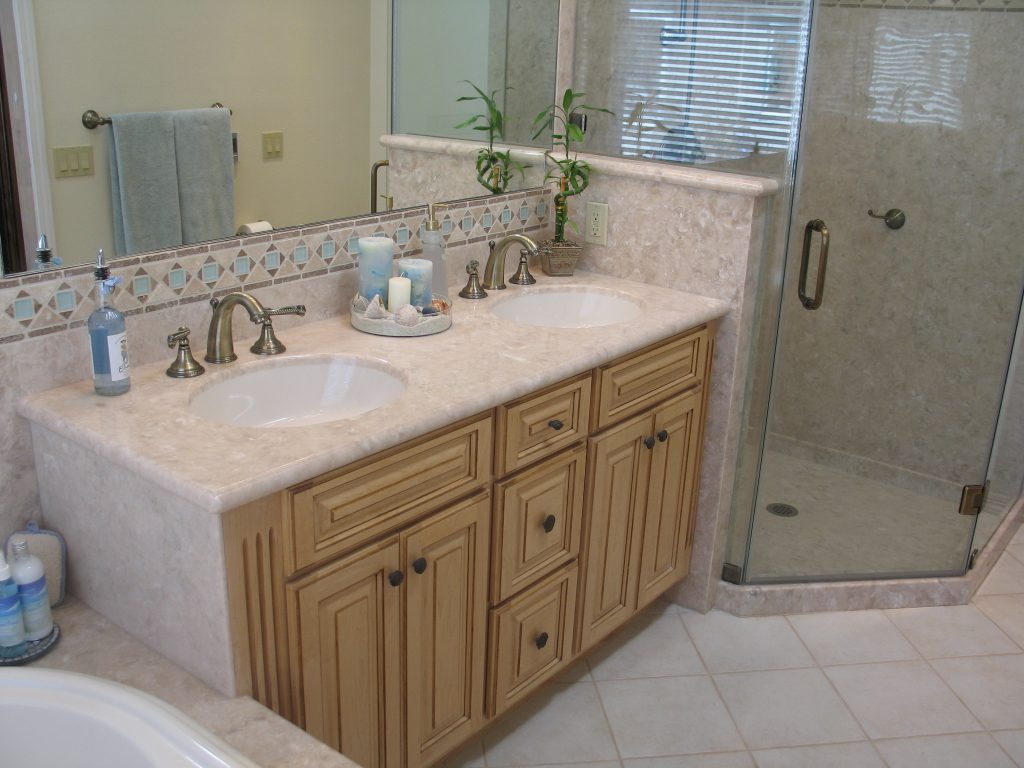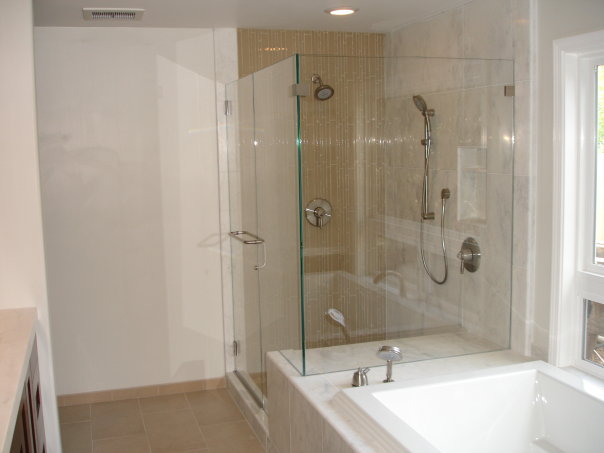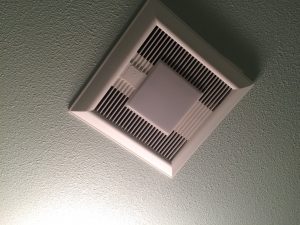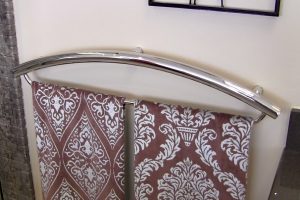
When it comes to home remodeling, the bathroom is a perfect place to start. Photo: Bay Bathrooms and Kitchens (2017)
It’s a new year, which for many Bay Area homeowners means it’s time to start thinking about their next remodeling project. While there are several areas of the home to consider remodeling, an ideal place to start is the bathroom. Since the bathroom tends to be one of a home’s smallest spaces, it’s typically more affordable to renovate than larger areas like the kitchen. However, along with the kitchen, it’s considered one the most lucrative spaces to remodel in terms of increasing home resale value. Furthermore, since it’s statistically considered the most dangerous room in the house (due to the increased chances for falls and other accidents), remodeling provides an opportunity to improve safety.
However, while bathroom remodeling offers many benefits, it can be a surprisingly complicated endeavor, which is why a successful result depends on a careful approach. To gain further insight into the process, we’ve asked six Diamond Certified Expert Contributors to weigh in on a few key areas.
1. Preliminary details
As with any home improvement project, bathroom remodeling requires thorough planning and organization before the actual work begins. Jeff Kann of Houseworks, Inc. suggests three steps:
- Set up your professional team (including your contractor and designer).
- Establish your budget.
- Complete all planning during the design phase, including selection of fixtures and materials.
Due to the complex, often unpredictable nature of remodeling, Jeff says these steps will help ensure a smooth process and successful result. “Remodeling is all about fitting the new with the old, and getting things done often requires the continuous juggling of hundreds of components. That’s why it’s so important to be prepared and have a professional, competent team that’s adept at resolving issues and making sure your project is completed on time and on budget.”

When it comes to installing a new shower enclosure, today’s homeowners have more options than ever in terms of style and customization. Photo: Schicker Luxury Shower Doors, Inc. (2017)
2. Fixtures
Despite being a small space, a bathroom contains more fixtures than almost any other room in the home (bathtub, toilet, sink, faucet, countertop). Since the majority of these fixtures are plumbing-related, a bathroom remodel provides a great opportunity to swap out old, water-guzzling fixtures with high-efficiency ones. For example, replacing an older toilet with a modern “low-flow” model can reduce water consumption by more than a gallon per flush, which adds up to a substantial savings over time.
Of course, toilets and sinks aren’t the only fixtures to think about when remodeling a bathroom. According to Joe Matthews of Schicker Luxury Shower Doors, Inc., one of the most critical fixtures to address is the shower enclosure. “In today’s market, there are many shower design options to choose from,” he says. “For example, homeowners have the choice of going with a framed or frameless enclosure. While a framed enclosure is a more conventional option, a frameless enclosure is a good choice for a modern and/or minimalist design.” Mr. Matthews says it’s also important to consider door design and orientation, with options including both swinging and sliding doors.

To properly size your new bathroom fan, you’ll need to calculate the amount of airflow needed for the space. Photo: Cook’s Kitchen & Bath, Inc. (2017)
Another non-plumbing fixture to consider replacing is the exhaust fan. When choosing a new fan, David Cook, owner of Cook’s Kitchen & Bath, Inc., stresses correct sizing to ensure optimal performance. Since this requires some complex math, you may need to consult a professional. Besides getting the right size fan, Mr. Cook recommends considering optional features such as LED lighting, motion sensors, variable speeds, delay timers and heat.
3. General materials
While fixtures are crucial for a bathroom remodel, you shouldn’t overlook the importance of basic construction materials like tiles and baseboards. When it comes to retiling your shower, Oscar Soltero of Stone & Tile Impressions, Inc. recommends choosing porcelain tiles. “Porcelain has come a long way since it was first introduced as a tiling material, and it’s now available in many of the same colors, shapes, and sizes as its natural counterparts,” he explains. Besides requiring less maintenance than natural stone, porcelain tiles are specifically engineered to minimize moisture absorption, which makes them ideal for wet areas like showers.
Believe it or not, even the screws used in bathroom remodeling need to be carefully chosen. “Regular drywall screws have no coating whatsoever, so even the slightest amount of moisture will usually cause them to rust,” explains Brian Fitzmaurice, owner of Brian Fitzmaurice General Contractor. “To prevent corrosion, be sure to use hot-dip galvanized screws in the shower area. Even in areas that don’t come into direct contact with water, condensation can still lead to rust, so you should use zinc-coated screws for tasks like attaching cabinets to the wall.”
4. Future needs
A final consideration for bathroom remodeling is the future. As part of an increasing trend, many older homeowners are choosing to “age in place” at home instead of relocating to a senior community or convalescent facility. If this is relevant to your circumstances, take the opportunity to make your bathroom a safer and more accessible environment.

If you want to increase bathroom safety without sacrificing style, there are designer accessories available that double as grab bars. Photo: ReBath by Schicker (2017)
The most essential element of “aging in place” bathroom design is grab bars, which provide a means of support for transferring in and out of bathing and toileting areas, therefore greatly reducing the chances for falls and subsequent injuries. However, due to their “institutional” look, many homeowners have reservations about grab bars. Fortunately, as Kimeri Opacic of ReBath by Schicker explains, bathroom designers are already one step ahead of this issue. “There are now lines of designer accessories that also act as grab bars, including towel bars, toilet paper holders and soap dishes,” she explains. “These enhance a bathroom’s safety without diminishing its aesthetic qualities.”
If it’s in your budget, Ms. Opacic suggests going a step further and upgrading your tub or shower to a more accessible style. “One good option is to replace your current bathtub with a walk-in model, which is equipped with a side-door for easier entry,” she says. “Another good choice is a zero threshold shower. With an entryway that’s level with the bathroom floor, it allows full access for walkers and wheelchairs.”
